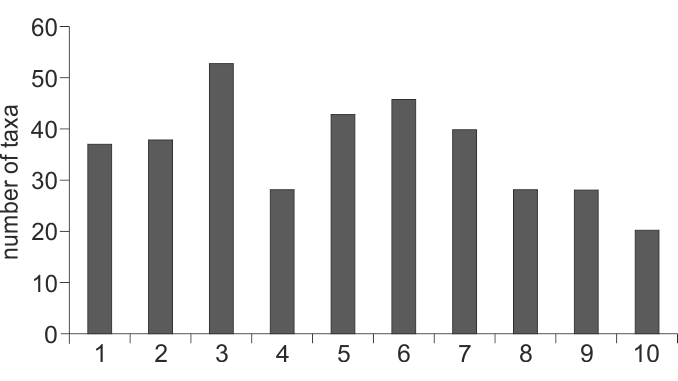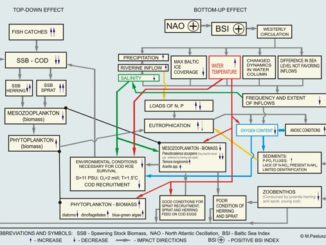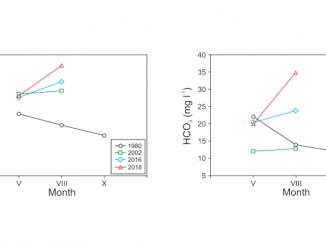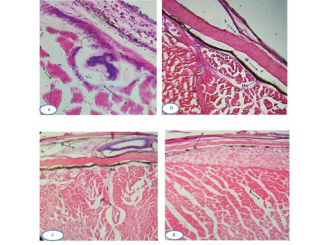
Paper category: Original research paper
Corresponding author: Agnieszka Pociecha (pociecha@iop.krakow.pl)
DOI: 10.1515/ohs-2018-0027
Received: September 18, 2017
Accepted: January 12, 2018
Full text: here
Citation (APA style):
Abstract
The trophic state of ten dam reservoirs was assessed using a zooplankton community. In order to determine the trophic state of dam reservoirs, we used indices calculated on the basis of density and species structure of Rotifera and Crustacea communities. Samples were collected once during summer 2012 in ten dam reservoirs. The largest numbers of zooplankton taxa were found in a lowland high meso-eutrophic dam reservoir (Koronowski) and the lowest ones in a submontane low eutrophic dam reservoir (Lubachowski). The trophic state was determined for the investigated dam reservoirs. In the case of the Rotifera community, the percentage of the tecta form in the Keratella cochlearis population and the proportion of high-trophic species in the total species density were the best indices to describe the water trophic status. In the case of the crustacean community, the best indices were the density of Crustacea and the biomass of Cyclopoida. The high value of all indices calculated on the basis of density and species structure of Rotifera and Crustacea was determined for Zygmunt August Lake, whose trophic status was defined as highly eutrophic to polytrophic. Our study has shown that zooplankton could be a good ecosystem indicator of the water trophic level in dam reservoirs.




Bądź pierwszy, który skomentuje ten wpis